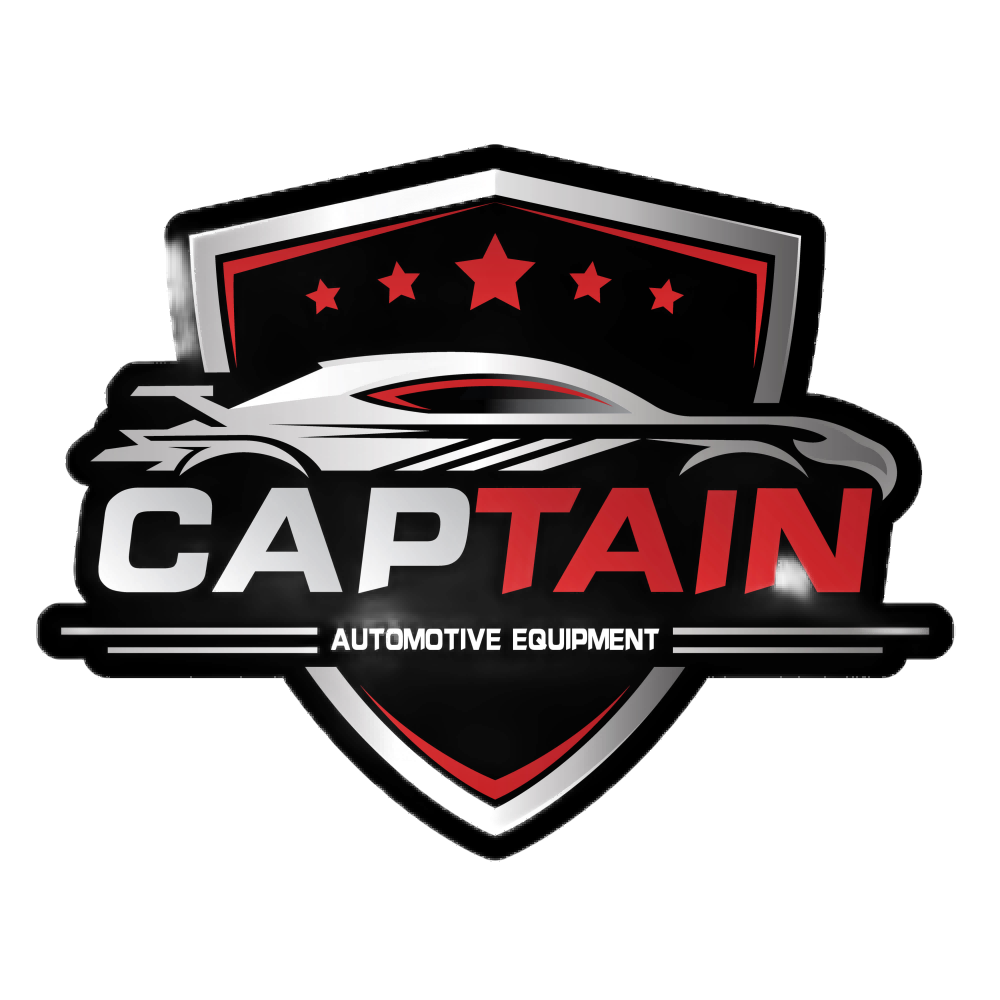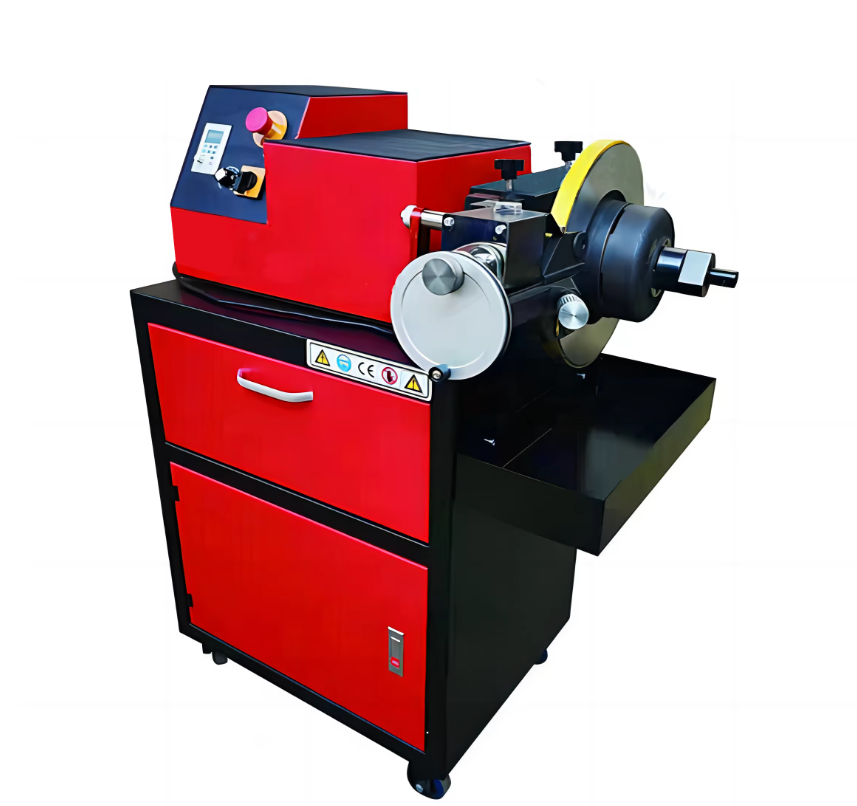Assessing Your Tire Service Requirements
Vehicle Types and Tire Sizes
Knowing what kinds of vehicles and tire sizes a shop works on makes all the difference when picking out an automatic tire changer. Shops typically deal with everything from regular passenger cars up through big rigs, and each type needs different machinery for handling their unique size and weight requirements. Tire shops should also think about the actual tire sizes they see most often day to day - not just standard sizes but also those oversized ones and specialty models too. Newer tire tech like run flats and ultra low profile tires means mechanics need machines equipped with special features to work on them properly. Get this wrong and the shop ends up wasting time and money fixing problems that could have been avoided from the start, something many seasoned technicians will tell anyone who asks about their setup choices.
Volume of Work and Frequency of Use
Looking at how many tires change hands each day and how often the equipment gets used helps figure out what size automatic tire changer makes sense for a shop. Shops that handle lots of work every day really need heavy duty machines built for constant operation. But if tire changes are rare occurrences, something smaller and cheaper works just fine. Most shops see their workload go up and down with seasons anyway, so planning ahead matters a lot. Tire service pros always stress matching the equipment to actual shop patterns rather than guessing wrong. Taking time to review past performance numbers along with what seems likely in coming months gives shops a much better shot at picking gear that actually fits their real world requirements instead of just going with whatever looks good on paper.
Key Features to Look for in Automatic Tire Changers
Build Quality and Durability
The build quality and how durable something is should be at the top of anyone's list when picking out an automatic tire changer. Machines made from good stuff like heavy duty steel frames and better mechanical parts tend to last longer and work consistently over time. Look for signs that the equipment is built tough, things like meeting industry standards or having proper certifications that show it was made well. People who buy these machines often talk about being happy with ones that just keep going year after year, which makes sense because they end up saving money in the long run. Spending a bit more upfront on quality usually means fewer headaches down the road with repairs and replacements.
Automation and Ease of Use
Tire changers equipped with automation features make things run smoother around the shop, cut down on hands-on work, and boost overall efficiency. Self-calibrating systems handle those tricky mounting and removal tasks with pinpoint accuracy, something that really helps out at busy garages dealing with all sorts of different vehicles. The control panels are pretty straightforward too, so even newer techs can get up to speed quickly without needing weeks of training. Shop owners know how important it is to keep their crew comfortable during long shifts, and many have seen real improvements after switching to these automated setups. Some places report cutting job times in half just by upgrading their equipment. For anyone running a tire service operation today, going automated isn't just nice to have anymore it's practically necessary if they want to stay competitive.
Safety Mechanisms and Certifications
When shopping around for automatic tire changers, safety should definitely be at the top of the priority list. What matters most are things like emergency stop buttons that work reliably, sturdy construction materials that won't wear out fast, and proper shielding around moving parts to keep workers safe while they're operating the machine. The equipment also needs to carry proper safety certifications from recognized bodies like ANSI or ISO standards organizations. These aren't just nice to have checkmarks but actual requirements across most industries today. And let's not forget about ongoing staff training either. Tire shops see their fair share of accidents every year according to industry reports, so regular refresher courses on safe operation practices really pay off. Machines equipped with thorough safety systems simply cut down on potential hazards day after day.
Evaluating Compatibility and Workspace Needs
Tire Size Range and Machine Versatility
Picking out an automatic tire changer means looking at how well it works with different tire sizes and types. This helps make sure whatever gets bought now will still be useful down the road as service demands change over time. The best models around handle regular tires as well as those special ones that come on luxury cars or trucks without requiring extra attachments. Take a look at what's available these days there are plenty of machines built specifically for handling all sorts of tire specs. Mechanics who have tried working with equipment that only handles certain sizes quickly learn why having something adaptable matters so much in our current market where vehicles vary so widely. Workshops equipped with such flexible tools naturally attract more customers since they can fix almost anything that rolls into the shop door.
Space Requirements and Equipment Integration
Adding an automatic tire changer to a workshop needs thoughtful planning, particularly regarding how much floor space will be taken up and what kind of clearance technicians need to work safely around it. The shop layout must make room for the machine without creating bottlenecks in daily operations or making mechanics feel cramped while they work. Getting everything to work together smoothly matters too. Most shops find that connecting the tire changer properly with other gear like wheel balancers and lift systems makes all the difference in running an efficient tire service area. Shop owners who've been through this process before stress looking ahead when choosing equipment. Many successful tire centers actually leave extra space during installation so they can expand later if business picks up. Looking at how these real world setups function gives valuable lessons about arranging workshop spaces and getting different pieces of equipment to play well together over time.
Balancing Budget with Long-Term Value
Initial Investment vs. Long-Term Reliability
Buying an automatic tire changer isn't just about looking at what it costs when first purchased. Shop owners need to think about both how much they pay upfront and what kind of ongoing expenses will pop up later on. Better quality machines tend to cost more initially, but many garages find they actually spend less money in the long run because these units break down less frequently and keep running smoothly day after day. Tire shops across the country report big savings after switching to reliable equipment. One shop owner told us his business saved around 30% on repairs during the first five years after getting a new high-end tire changer. Most mechanics know from experience that good tools last longer and work better, so looking at total cost over time makes sense rather than focusing only on what something costs today. Smart buyers always check how much value they'll get throughout the entire life of the machine before making a purchase decision.
Warranty Coverage and Technical Support
When buying an automatic tire changer, checking out what's covered by the warranty matters a lot. Good warranty terms act as protection against unexpected breakdowns or manufacturing flaws, giving shop owners something to fall back on if problems arise down the road. Smart buyers want to see warranties that actually cover major components plus repair costs over several years rather than just short term fixes. Technical support availability shouldn't be overlooked either. Shops report better results with machines from companies that maintain active customer service lines, provide helpful troubleshooting guides online, and train their technicians properly. Industry experts often mention how quick response times from support teams make all the difference during busy periods. Many automotive businesses swear by their decision to prioritize both strong warranty terms and accessible technical assistance, since these factors directly impact downtime and overall productivity in daily operations.
FAQ
What types of vehicles can an automatic tire changer handle?
Automatic tire changers can handle a variety of vehicles, including passenger cars, SUVs, light trucks, and heavy vehicles. It is important to choose a machine that can accommodate the different dimensions and weights of the tires associated with these vehicle types.
Are automatic tire changers compatible with run-flat and low-profile tires?
Yes, some automatic tire changers are equipped with specific features to handle evolving tire technologies, including run-flat and low-profile tires. It is essential to select equipment that matches your service range to avoid inefficiencies and increased costs.
How does the frequency of use impact the choice of tire changer?
For businesses with high daily service volumes, it is fundamental to select a robust machine designed for frequent use, whereas occasional usage may require a lighter-duty model. Evaluating business activity patterns ensures the sustainability of operations.

